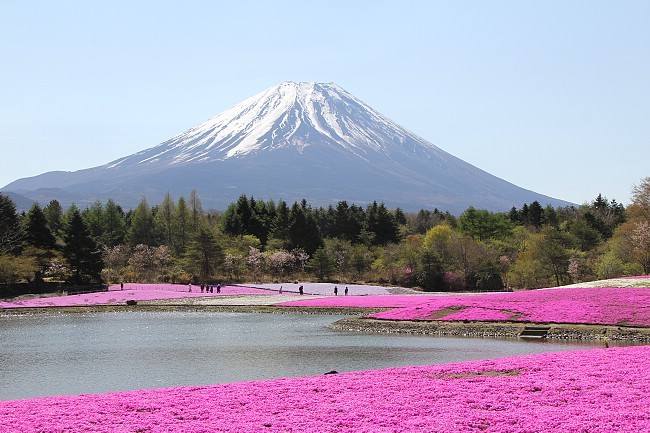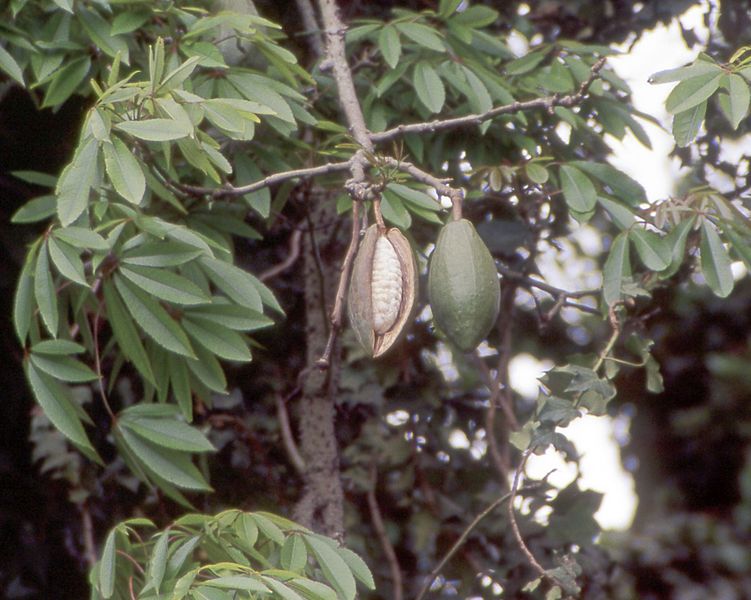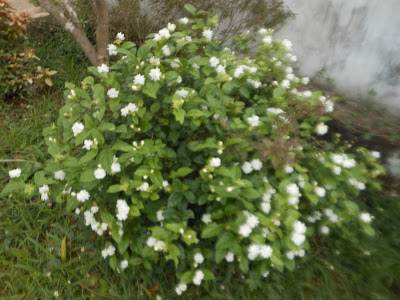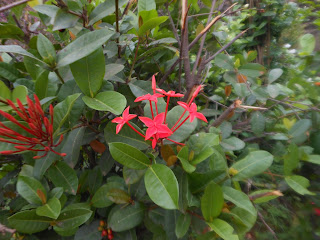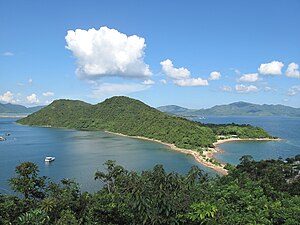Kumbhalgarh, in the Rajsamand District of Rajasthan state in western India, is considered as the second most important fort of Rajasthan. It is known world wide for its great history and architecture. The fort was built in the 15th century by Rana Kumbha under the supervision of famous architect Mandan. It is also the birthplace of Maharana Pratap, the great king and warrior of Mewar. It is at a distance of about 80 km northwest of Udaipur amidst the Aravalli hills.

1. Even the mighty mughal couldn’t capture it alone and it took the combined armies of Delhi, Amber and Marwar to breach its defences. Standing majestically on 1180m high ridge and representing the past glory of the Rajput rulers, the Fort also provides a panoramic view of the countryside from the top.
2. Rana Fateh Singh (1885-1930 AD), one of the greatest builders of the time constructed Badal Mahal inside the fort. The important buildings within the fort are Badal Mahal, Kumbha Palace, Brahmanical and Jain Temples, water reservoirs, baoris, chhattris etc.
3. Because of its inaccessibility and hostile topography the fort had remained un-conquered.
4. Thirteen mountain peaks of the Aravali range protect this impregnable fortress. Seven huge and imposing gates stand like sentinels at the approaches and seven ramparts, one being folded within another with crenulated walls strengthened by rounded bastions and immense watch towers, make this an impregnable mountain fortress.
5. Built on a hilltop 1100 metres above sea level, the fort's massive wall stretches some 36 kms with a width enough to take eight horses abreast. Maharana Fateh Singh renovated the fort in the 19th century. The fort's large compound has very interesting ruins and a walk around it can be very educative.
6. This wall is second longest only to the 'Great Wall of China'. This grand fort also has 360 temples within the walls.
7. The width of wall varies from 15 to 25 feet. This wall runs through surrounding mountain cliffs of the Aravali range. The wall is a great example of architecture brilliance of Rajput Era. Its architectural brilliance is proved by the fact that in spite of being around 700 years old it is still intact and in a very good shape. This wall is not in a regular straight pattern but it runs through mountain cliffs and valleys. It has steep ascend and descend throughout its length the wall has stairs and walk way .
8. Kumbhalgarh in its present form was developed by, and said to be personally designed by Rana Kumbha. Rana Kumbha's kingdom of Mewar stretched from Ranthambore to Gwalior and included large tracts of erstwhile Madhya Pradesh as well as Rajasthan. Out of the 84 forts in his dominion, Rana Kumbha is said to have designed 32 of them, of which Kumbhalgarh is the largest and most elaborate.
Images from http://kumbhalgarhfortwalk.com/









